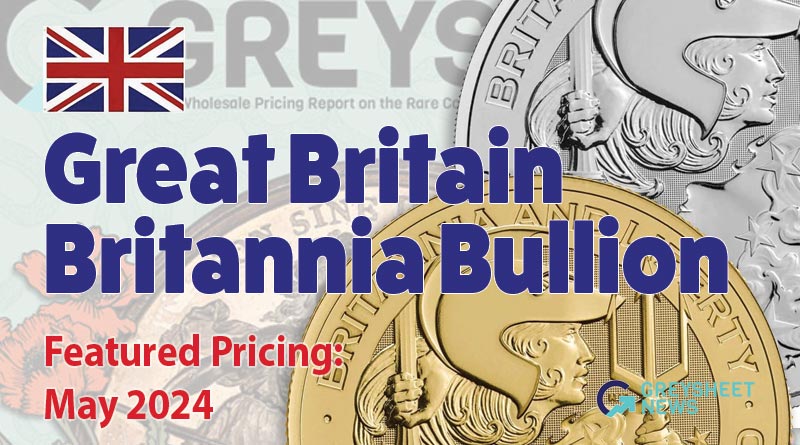Bluesheet: LANGBORDS & THEIR 1933'S DENIED AGAIN"¦ HEADED FOR SUPREME COURT?
On August 1st the United States Court of Appeals for the Third Circuit filed their decision against the Langbord family and their goal of successfully legitimizing ten 1933 Saint-Gaudens double eagles. This is but the latest chapter in a long-fought saga over these infamous rarities that trace their roots back to the days of their mintage. For all practical purposes this story is about theft and statutes of limitations on theft. The 1933 Saints were obviously struck in 1933 but, prior to their official mint release President Franklin Roosevelt suspended the issuance of gold coins. As a result, mint officials melted all gold coinage on hand, including the entire production run of the 1933 Saints. According to David Tripp in his reference “Illegal Tender”, the coins were never officially monetized or issued by the U.S. Mint and, therefore none are legal to own.
There is much confusion because a single coin managed to be exported by then-coin-collector King Farouk of Egypt. According to Tripp, Farouk purchased the illicit coin unwittingly and, in an effort to have it shipped home, was granted an export license for it by the U.S. Government. It would be several years before the Secret Service was tipped off that someone was leaking 1933’s out the back door of the mint at the time so it’s understandable that the authorities granted this export without much deliberation. The coin later found its way back to the United States (another story altogether) and after years of litigation was sold at Sotheby’s for $7.59 million!
The Langbord family, descendants of 1930’s Philadelphia coin dealer Israel Switt, discovered ten examples of the very same 1933 Saints in their family lock box within a year of the publicity surrounding the Farouk specimen. The family hired the same attorney who had experience with the prior case and decided to submit all ten examples directly to the government in the hopes they would be legitimized. Unfortunately, this was not to be the case. Over the next 10 years court rulings have consistently found in favor of confiscation by the Feds on the basis, ultimately, that these coins were never monetized, and therefore have never been, as Tripp said, “legal tender.”
The next and final chapter for the Langbords is to hope for a hearing by the Supreme Court. Experts feel the chances for an appeal to be heard is a long shot at best. Even if the case is heard, of course, the highest court in the land has to be sympathetic to their cause — not likely given the preponderance of evidence against these troubled artifacts.
From a numismatic perspective, it’s easy to be sympathetic with the Langbords in this case. We’d love to see these rarities enter the market. Their appearance would generate much excitement and drama to the highly regarded Saint Gaudens series. On the other hand, it would be nearly impossible to fairly assess the value of these ten coins. While a single example sold in a stronger market for over $7.5 million, what would ten examples be worth individually? Additionally, many of us feel that there are more 1933 twenties out there in the shadows. If these are legalized one would have to be concerned that possibly dozens more are out there. Additionally, if there were eleven legitimate examples in the marketplace, this issue would immediately become a rarity on par with the 1927-D, of which approximately 12 are in private hands.
If nothing else, the story of the 1933 Saint Gardens remains one of the greatest water-cooler topics in numismatics and never ceases to delight non-collectors and collectors alike. Our hobby benefits from such publicity – good or bad – and we anxiously await the next chapter in this long saga.

Download the Greysheet app for access to pricing, news, events and your subscriptions.
Source: CDN Publishing











Please sign in or register to leave a comment.
Your identity will be restricted to first name/last initial, or a user ID you create.
Comment
Comments